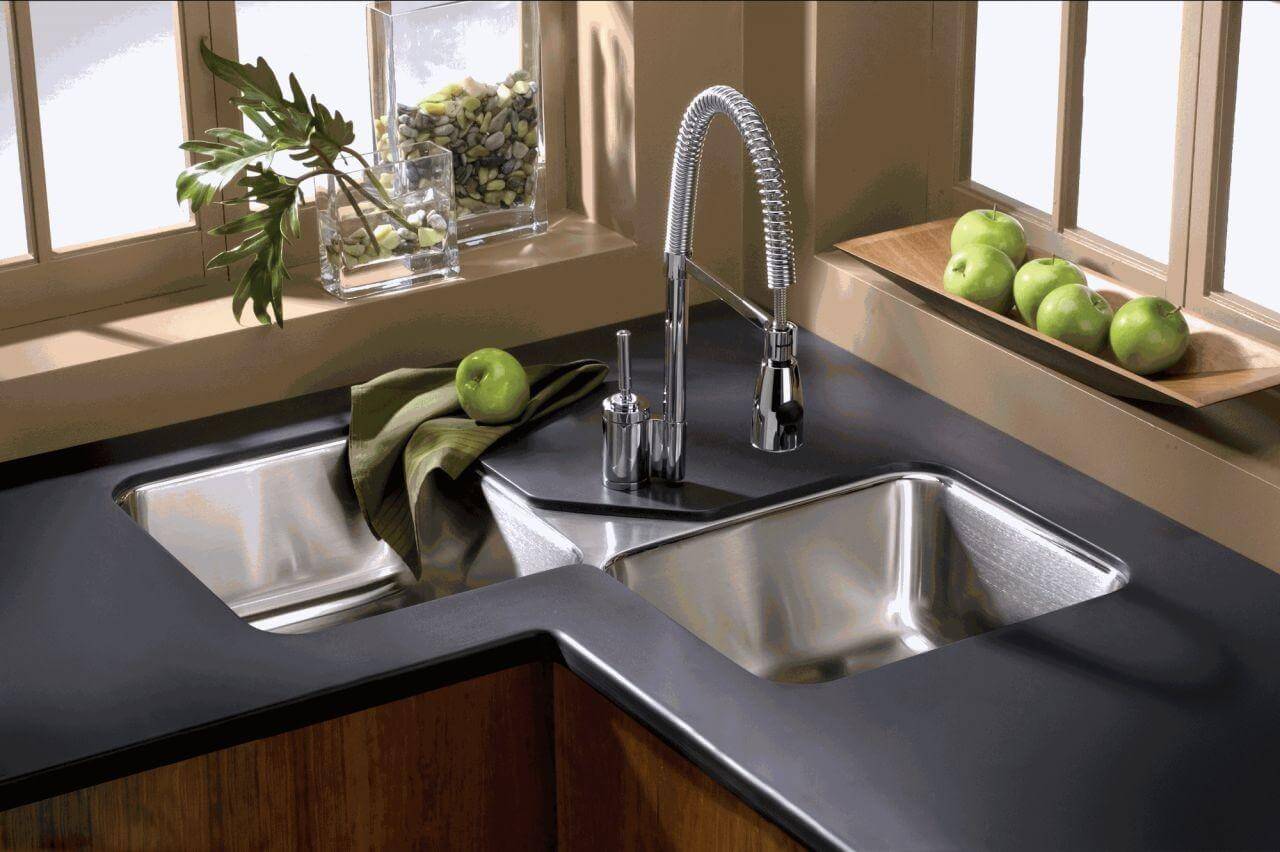Sewing curtains for the living room
When it comes to decorating your living room, curtains are an essential element that can make or break the overall look of the space. Instead of settling for store-bought curtains, why not try your hand at sewing your own? Not only will you have a one-of-a-kind design, but you can also save money in the process.
Start by measuring your windows and determining the fabric you want to use. Lightweight fabrics like cotton or linen are perfect for creating a breezy and casual look in your living room, while heavier fabrics like velvet or jacquard can add a touch of luxury.
Next, choose a curtain style that complements your living room's aesthetic. Rod pocket curtains are the most basic and easy to sew, while grommet curtains give a more modern and polished look. Don't be afraid to play around with different patterns and colors, and add trims or tassels for an extra touch of personality.
DIY throw pillows for the living room
Throw pillows are a great way to add comfort and style to your living room. Instead of buying expensive pillows, you can easily make your own with some basic sewing skills. Plus, you can customize them to match your living room's color scheme and decor.
Choose a fabric that is durable and easy to clean, such as cotton or polyester. You can even repurpose old clothes or linens for a more eco-friendly option. Then, decide on the shape and size of your pillows. Square or rectangular pillows are the most common, but you can also get creative and make round or triangular pillows.
Once you have your fabric and shape, it's time to sew the pillow covers. You can either hand sew or use a sewing machine. Make sure to leave an opening for stuffing, and then close it up with a hidden stitch. For an added touch, consider embellishing your pillows with buttons, embroidery, or appliques.
Upholstering furniture for the living room
If you have old or worn-out furniture in your living room, don't rush to throw it away just yet. With some fabric and basic sewing skills, you can give your furniture a new lease on life by reupholstering it. This is a great way to save money and add a personal touch to your living room.
For this project, you will need a heavy-duty fabric like upholstery fabric, as well as staple gun, fabric scissors, and sewing machine. Start by removing the old fabric from your furniture, and use it as a template to cut your new fabric. Then, attach the new fabric to your furniture using a staple gun, and sew any necessary seams or hems.
With a little bit of patience and creativity, you can transform your old furniture into a beautiful and unique piece for your living room.
Sewing a table runner for the living room
A table runner is a simple yet elegant way to add a pop of color and texture to your living room's coffee table or dining table. You can easily sew your own table runner with some fabric and basic sewing supplies.
Start by measuring the length and width of your table, and add a few inches on each side for a hem. Then, choose a fabric that complements your living room's decor. Striped, floral, or geometric patterns are great options for a table runner.
Next, hem the edges of your fabric, and sew any necessary seams or hems. You can also embellish your table runner with tassels, ribbons, or lace for a more decorative look. Place it on your table and watch how it instantly elevates the look of your living room.
Making a quilt for the living room
A quilt is not only a functional piece for keeping warm, but it can also be a beautiful decorative element in your living room. You can sew your own quilt with some fabric and basic quilting supplies.
Start by choosing the design of your quilt. You can go for a classic patchwork design or get creative with applique, embroidery, or quilted patterns. Then, choose a color scheme that complements your living room's decor.
Next, cut your fabric into squares or rectangles of the desired size, and sew them together to create the quilt top. Then, layer the quilt top with batting and a backing fabric, and sew all the layers together. Finish off the edges with a binding, and your quilt is ready to be displayed in your living room.
Sewing a slipcover for the living room couch
If your living room couch is looking a bit worn or outdated, you can easily give it a new look by sewing a slipcover. This is a great way to protect your couch and change up its appearance without having to buy a new one.
Start by measuring your couch and choosing a durable and easy-to-clean fabric. You can either create a loose-fitting or snug-fitting slipcover, depending on your preference. Follow a pattern or create your own by draping the fabric over your couch and pinning it in place.
Then, sew the fabric together and add any necessary details like elastic or ties to keep the slipcover in place. You can also add decorative elements like piping, ruffles, or pleats for a custom and stylish look.
Creating a wall hanging for the living room
Wall hangings are a great way to add texture and dimension to your living room's walls. You can easily make your own wall hanging with some fabric and basic sewing supplies.
Start by choosing a design for your wall hanging, such as macrame, woven, or fabric panels. Then, choose a fabric that complements your living room's decor and cut it into the desired shape and size.
Next, sew the fabric pieces together and add any necessary details like fringe, beads, or wooden dowels. You can also paint or dye your fabric for a more unique and personalized look. Hang it on your living room wall for an eye-catching and stylish focal point.
Sewing a floor pouf for the living room
A floor pouf is both a practical and decorative addition to your living room. You can sew your own pouf with some fabric, stuffing, and basic sewing skills.
Start by choosing a sturdy and durable fabric that can withstand being sat on. You can also consider using upholstery fabric for extra durability. Then, cut your fabric into two identical circles for the top and bottom of the pouf, and a long rectangle for the sides.
Sew the sides to the top and bottom pieces, leaving a small opening for stuffing. Once you have stuffed the pouf to your desired firmness, sew the opening closed. You can also add handles to make it easier to move around your living room.
Making a fabric-covered lampshade for the living room
A lampshade is an often overlooked element in home decor, but it can actually make a big impact in your living room. Instead of buying a new lampshade, you can cover an old one with fabric for a more personalized and budget-friendly option.
Start by choosing a lightweight and translucent fabric that allows light to pass through. Then, measure the height and circumference of your lampshade and add a few inches for a seam allowance. Cut your fabric into a rectangle and sew the edges together to create a tube.
Slide the fabric tube over your lampshade and adjust it to fit snugly. Use fabric glue or hot glue to secure the top and bottom edges of the fabric to the lampshade. You can also add embellishments like ribbons, lace, or trim for a more decorative look.
Sewing a decorative pillow cover for the living room
If you want to add some color and texture to your living room, sewing a decorative pillow cover is a simple and effective way to do so. You can easily switch out the covers to match different seasons or moods.
Start by choosing a heavyweight and durable fabric for your pillow cover. You can also consider adding a lining for extra durability. Then, cut your fabric into two identical squares or rectangles for the front and back of the pillow cover.
Sew the two pieces together, leaving an opening for stuffing. Once you have stuffed the pillow to your desired firmness, sew the opening closed. You can also add buttons, zippers, or envelope closures for easy removal and washing of the cover.
The Importance of Sewing for a Cozy and Stylish Living Room
Enhancing the Aesthetics of Your Living Room
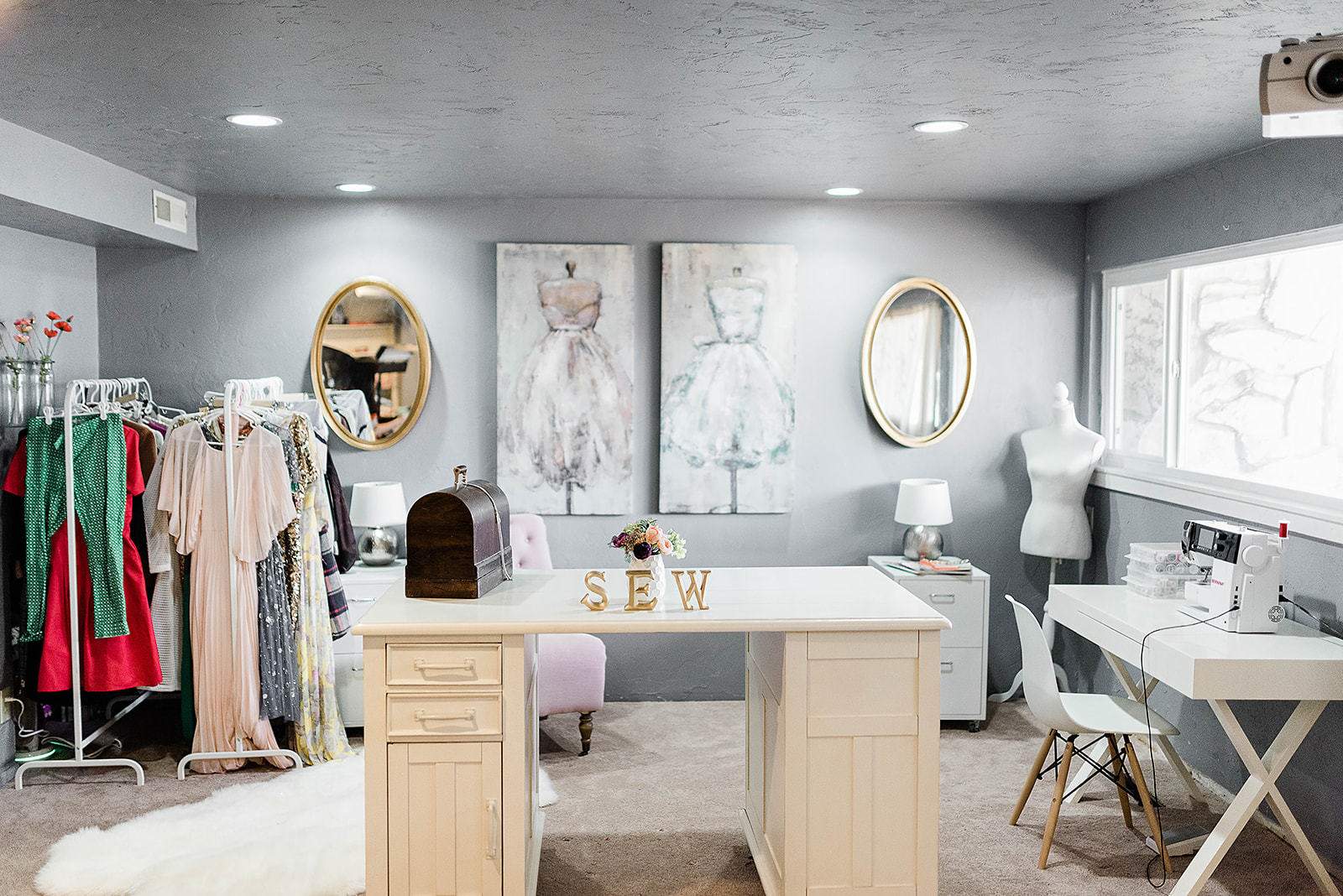 When it comes to designing a living room, there are several elements that come into play - furniture, color scheme, lighting, and decorative pieces. However, one often overlooked aspect is
sewing
. While it may seem like a mundane task, sewing can actually add a touch of uniqueness and personality to your living room.
By incorporating
sewn
pieces into your living room, you can create a cohesive and stylish look. Whether it's
sewn
pillow covers, curtains, or table runners, these items can tie the room together and make it feel more put-together. You can even get creative and
sew
your own wall art or throw blankets to add a personal touch to the space.
When it comes to designing a living room, there are several elements that come into play - furniture, color scheme, lighting, and decorative pieces. However, one often overlooked aspect is
sewing
. While it may seem like a mundane task, sewing can actually add a touch of uniqueness and personality to your living room.
By incorporating
sewn
pieces into your living room, you can create a cohesive and stylish look. Whether it's
sewn
pillow covers, curtains, or table runners, these items can tie the room together and make it feel more put-together. You can even get creative and
sew
your own wall art or throw blankets to add a personal touch to the space.
Customization and Functionality
 One of the greatest benefits of
sewing
for your living room is the ability to customize pieces to fit your exact needs and preferences. Not only can you choose the fabric, pattern, and color that best suits your style, but you can also tailor the size and functionality of each item. For example,
sewing
your own curtains allows you to control the length and width, ensuring a perfect fit for your windows.
Moreover,
sewing
your own living room accessories can also add functionality to the space. Need extra storage?
Sew
your own fabric baskets or organizers to keep clutter at bay. Want to add some warmth and coziness?
Sew
your own throw pillows and blankets using soft and warm fabrics.
One of the greatest benefits of
sewing
for your living room is the ability to customize pieces to fit your exact needs and preferences. Not only can you choose the fabric, pattern, and color that best suits your style, but you can also tailor the size and functionality of each item. For example,
sewing
your own curtains allows you to control the length and width, ensuring a perfect fit for your windows.
Moreover,
sewing
your own living room accessories can also add functionality to the space. Need extra storage?
Sew
your own fabric baskets or organizers to keep clutter at bay. Want to add some warmth and coziness?
Sew
your own throw pillows and blankets using soft and warm fabrics.
Cost-Effective and Eco-Friendly Option
 In today's consumerist society, it's important to be mindful of our environmental impact and find ways to reduce waste.
Sewing
for your living room is a great way to do just that. By
sewing
your own home decor, you can reduce your carbon footprint and create a more sustainable living space. Additionally,
sewing
can also be a cost-effective option, as you can repurpose old fabrics or thrift store finds to create unique and stylish pieces for your living room.
In conclusion,
sewing
may not be the first thing that comes to mind when it comes to designing a living room, but it can truly make a difference in the overall look and feel of the space. From enhancing aesthetics and adding customization and functionality, to being a cost-effective and eco-friendly option,
sewing
is a valuable skill to have for a cozy and stylish living room. So, don't be afraid to pick up a needle and thread and let your creativity shine in your home decor.
In today's consumerist society, it's important to be mindful of our environmental impact and find ways to reduce waste.
Sewing
for your living room is a great way to do just that. By
sewing
your own home decor, you can reduce your carbon footprint and create a more sustainable living space. Additionally,
sewing
can also be a cost-effective option, as you can repurpose old fabrics or thrift store finds to create unique and stylish pieces for your living room.
In conclusion,
sewing
may not be the first thing that comes to mind when it comes to designing a living room, but it can truly make a difference in the overall look and feel of the space. From enhancing aesthetics and adding customization and functionality, to being a cost-effective and eco-friendly option,
sewing
is a valuable skill to have for a cozy and stylish living room. So, don't be afraid to pick up a needle and thread and let your creativity shine in your home decor.
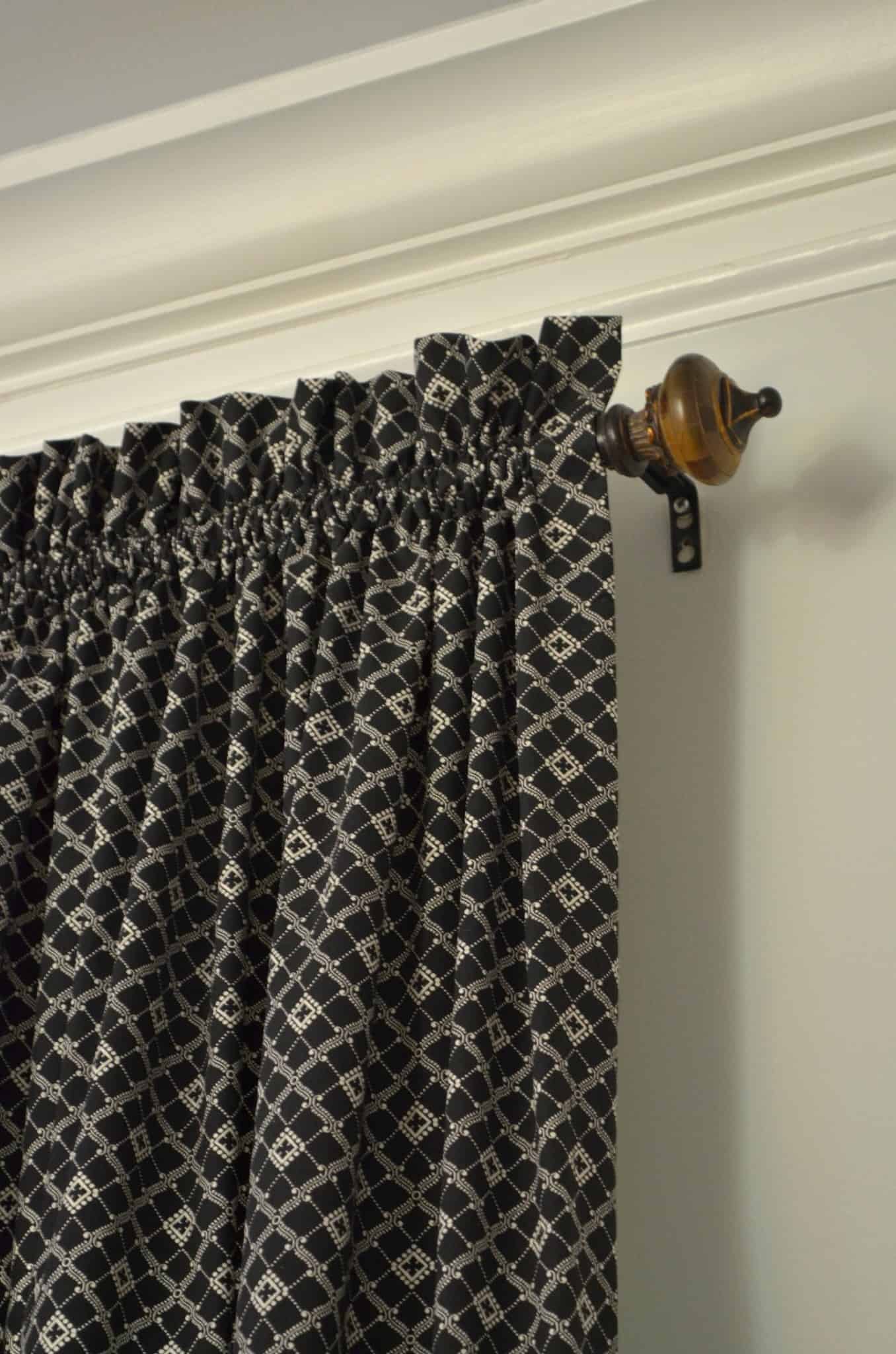




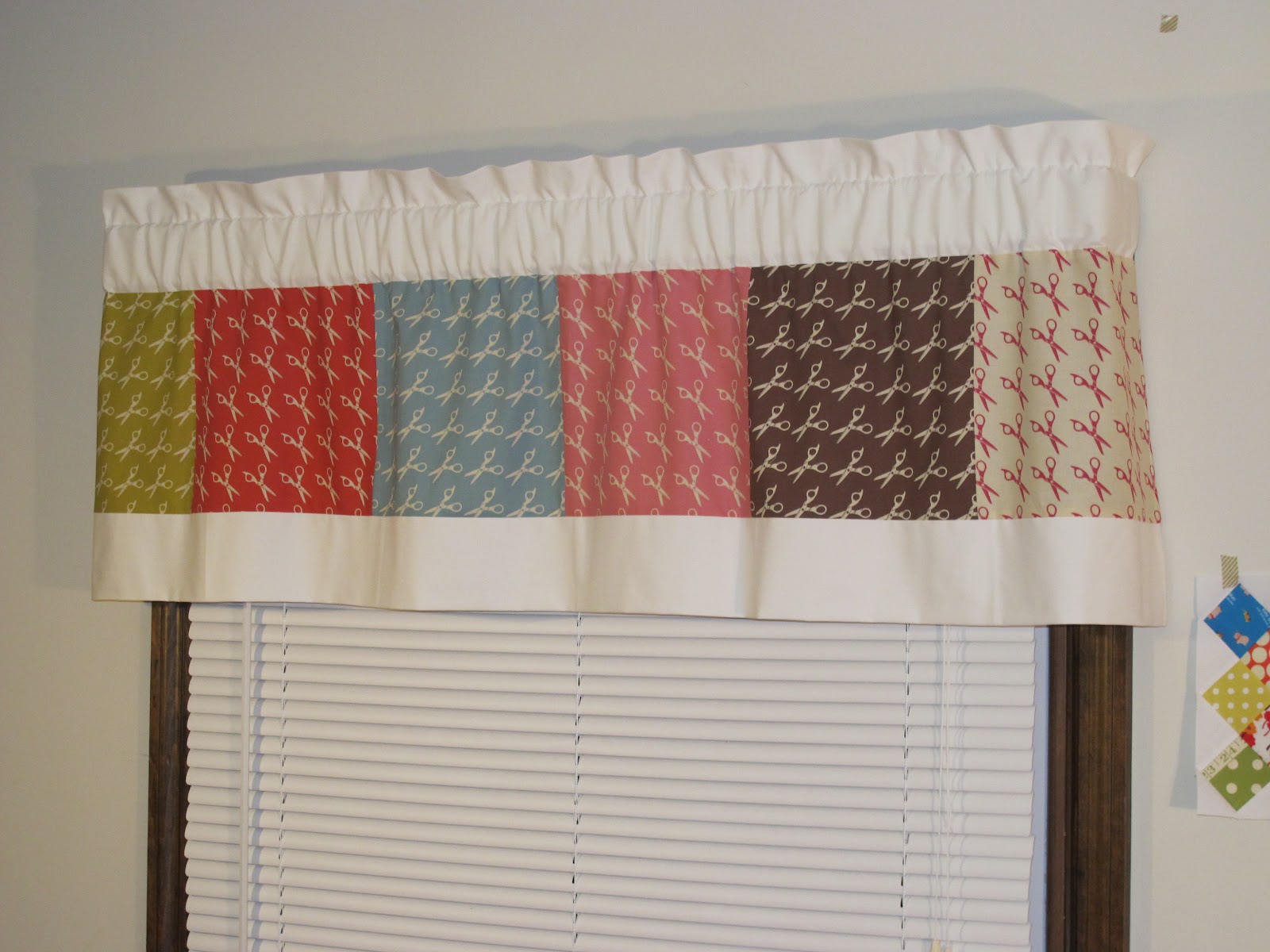

.jpg)
.gif)
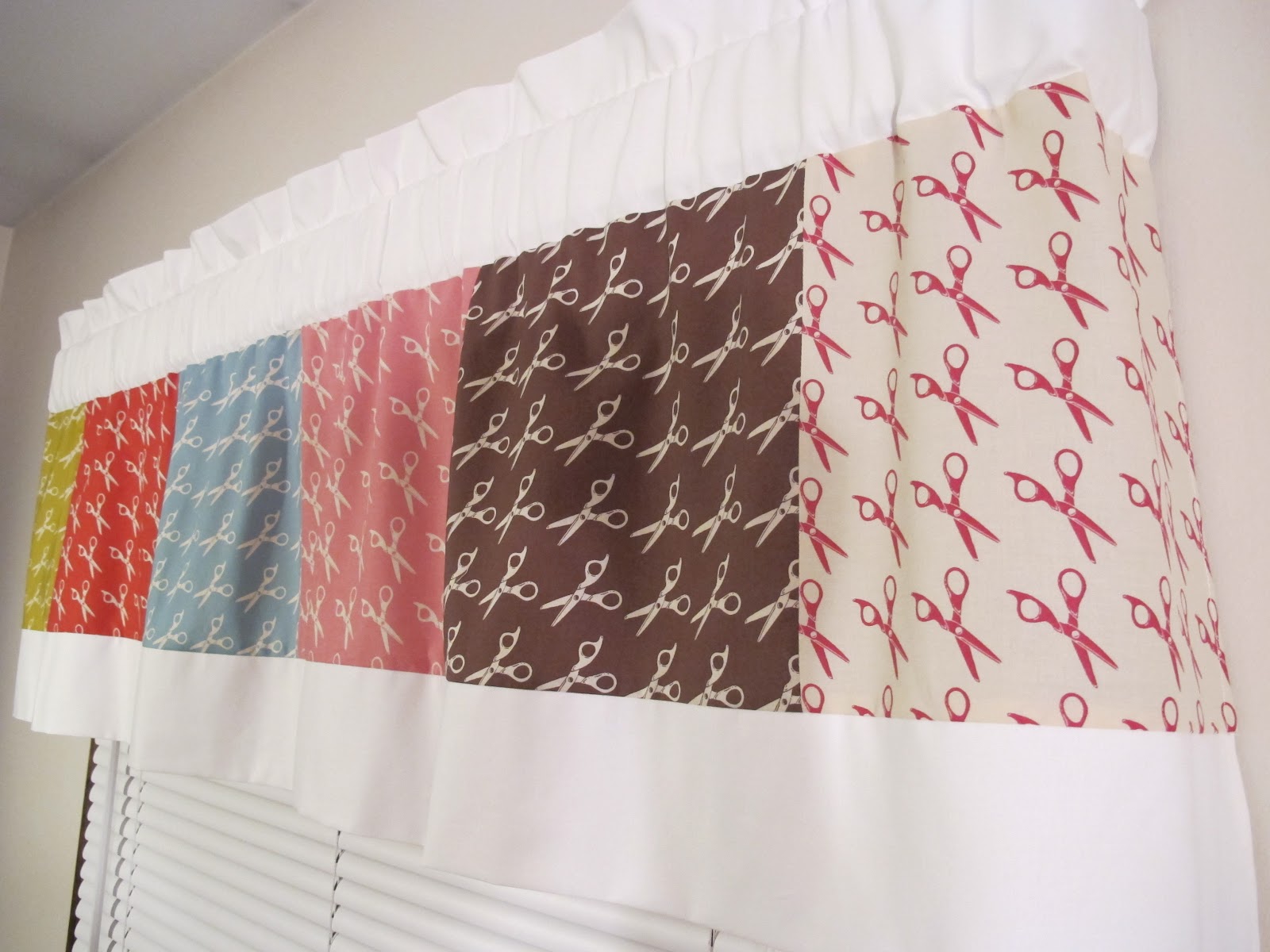
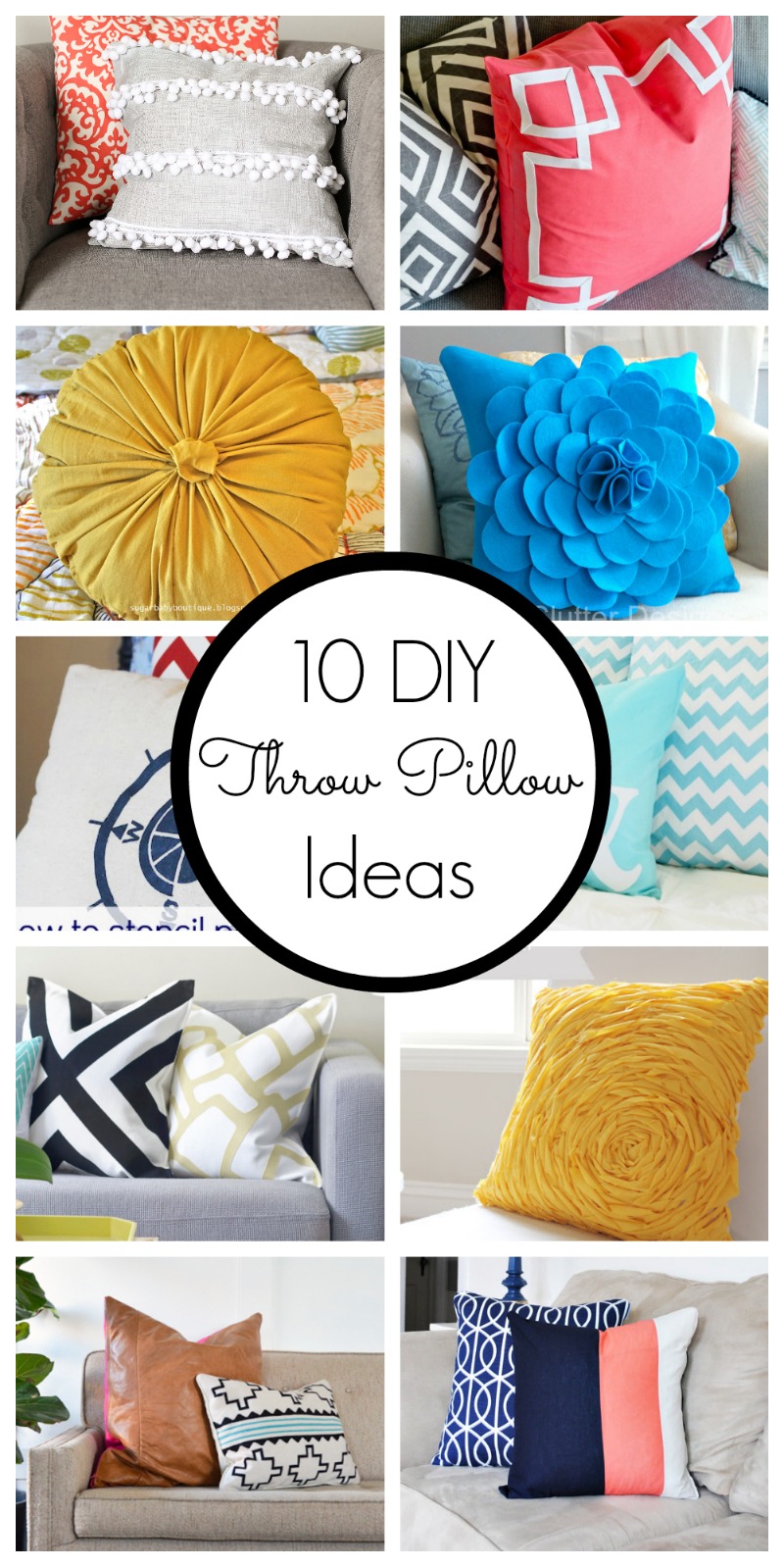



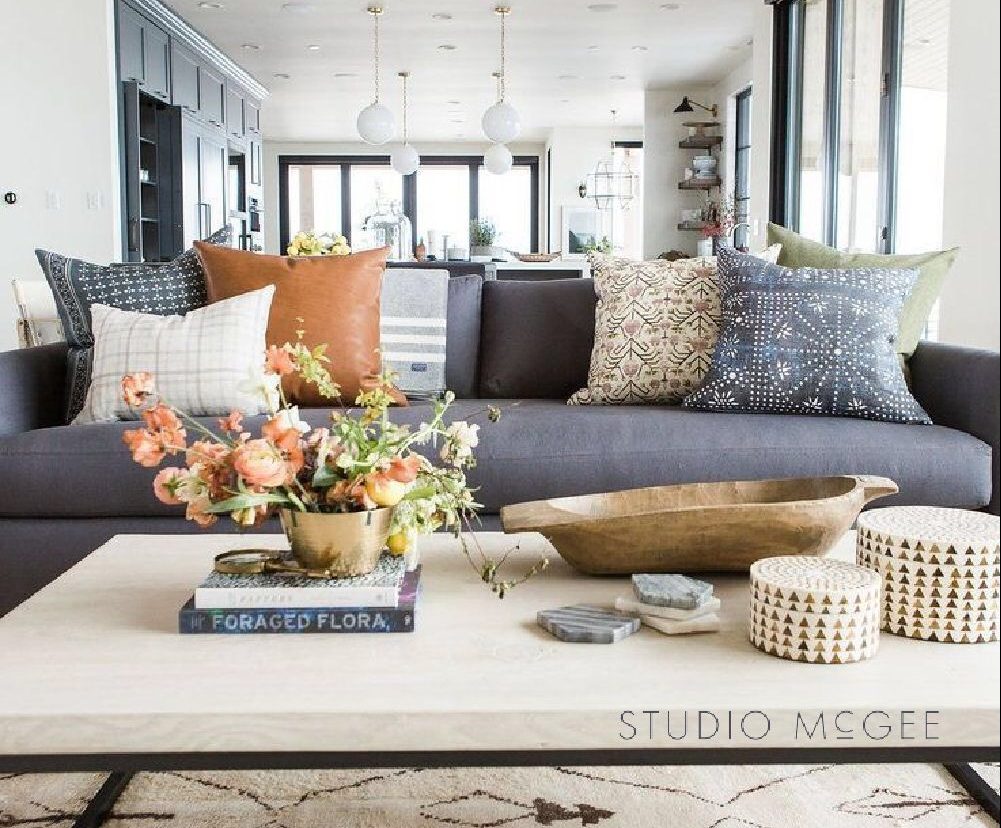








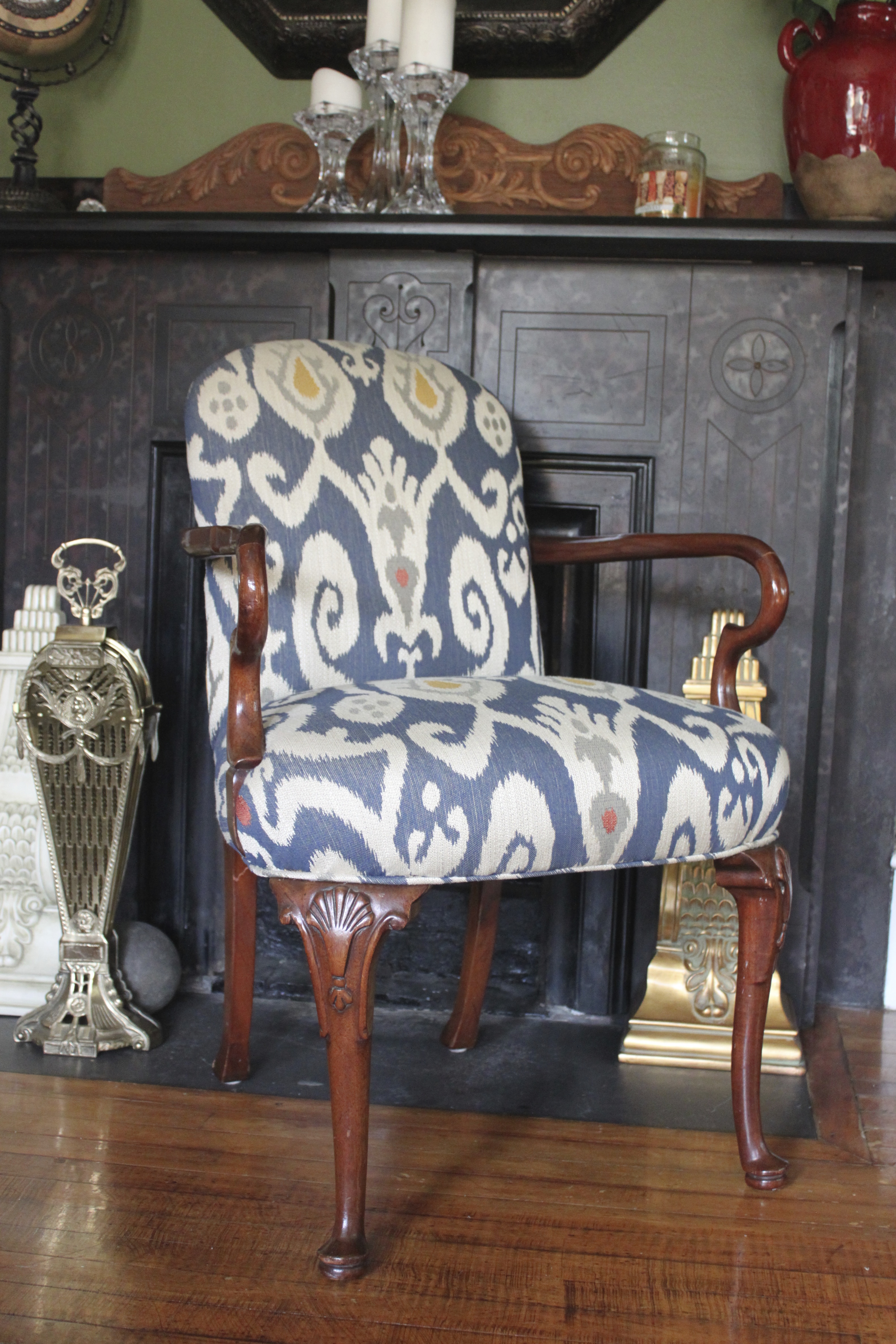



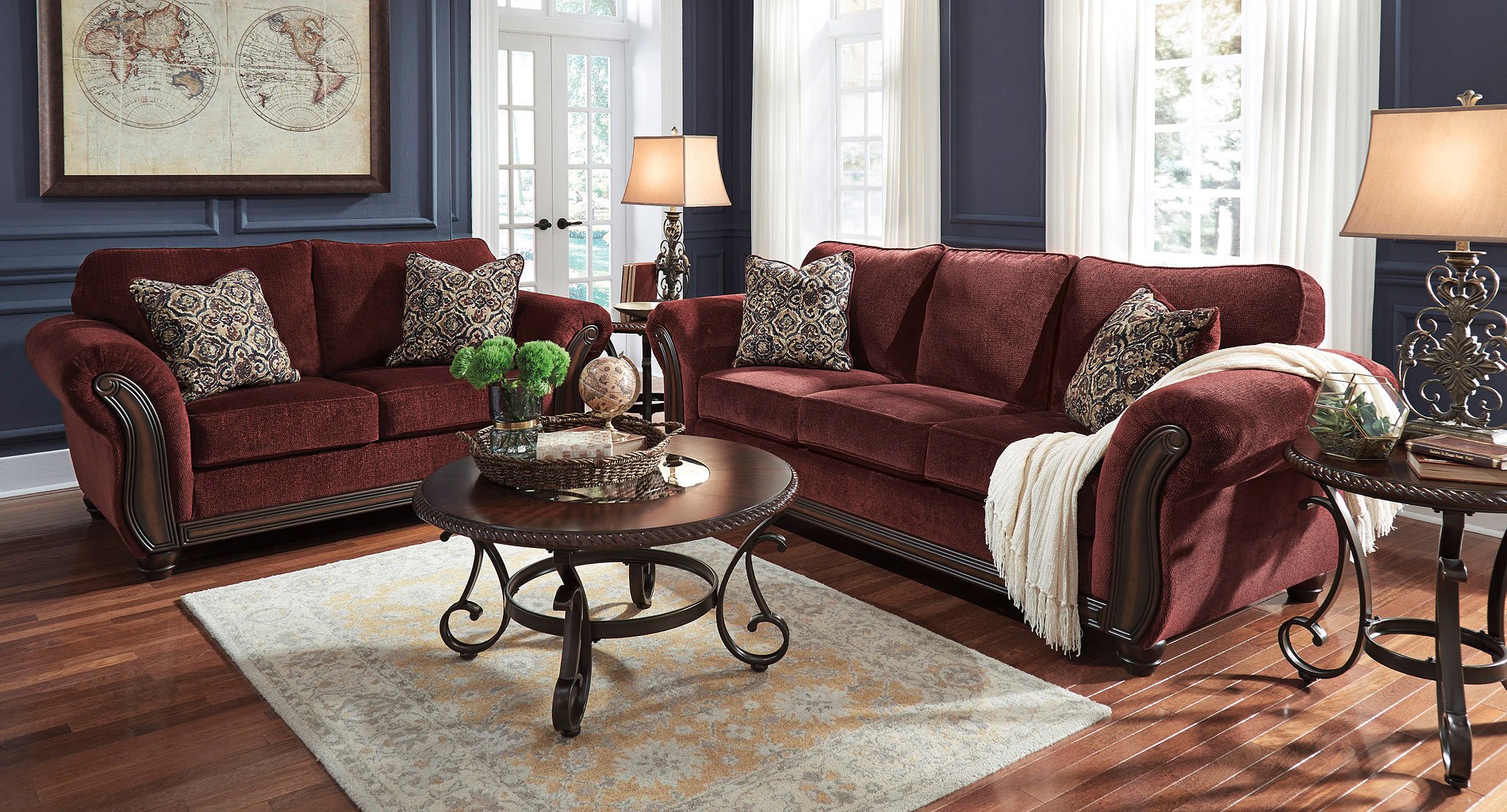









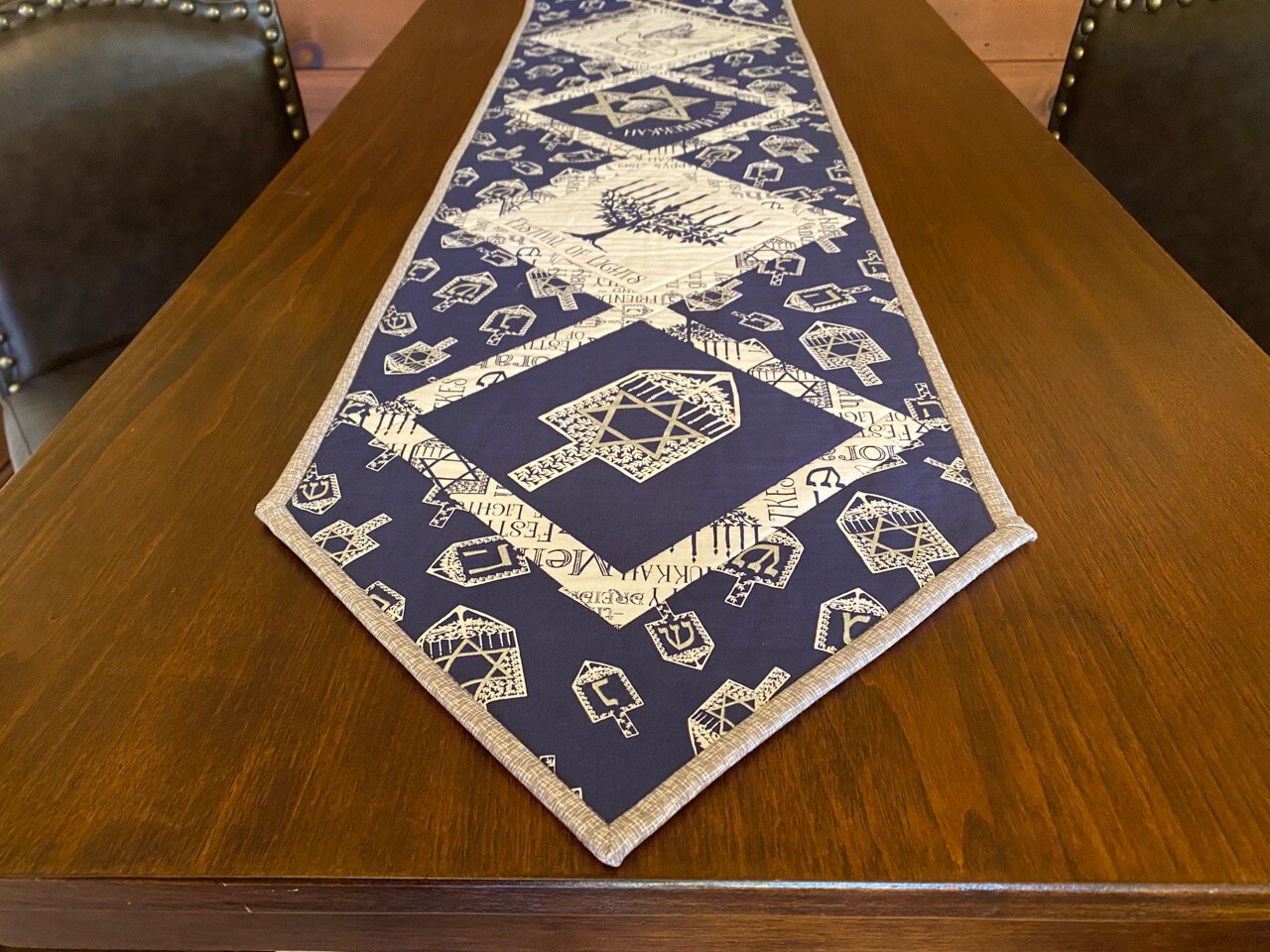









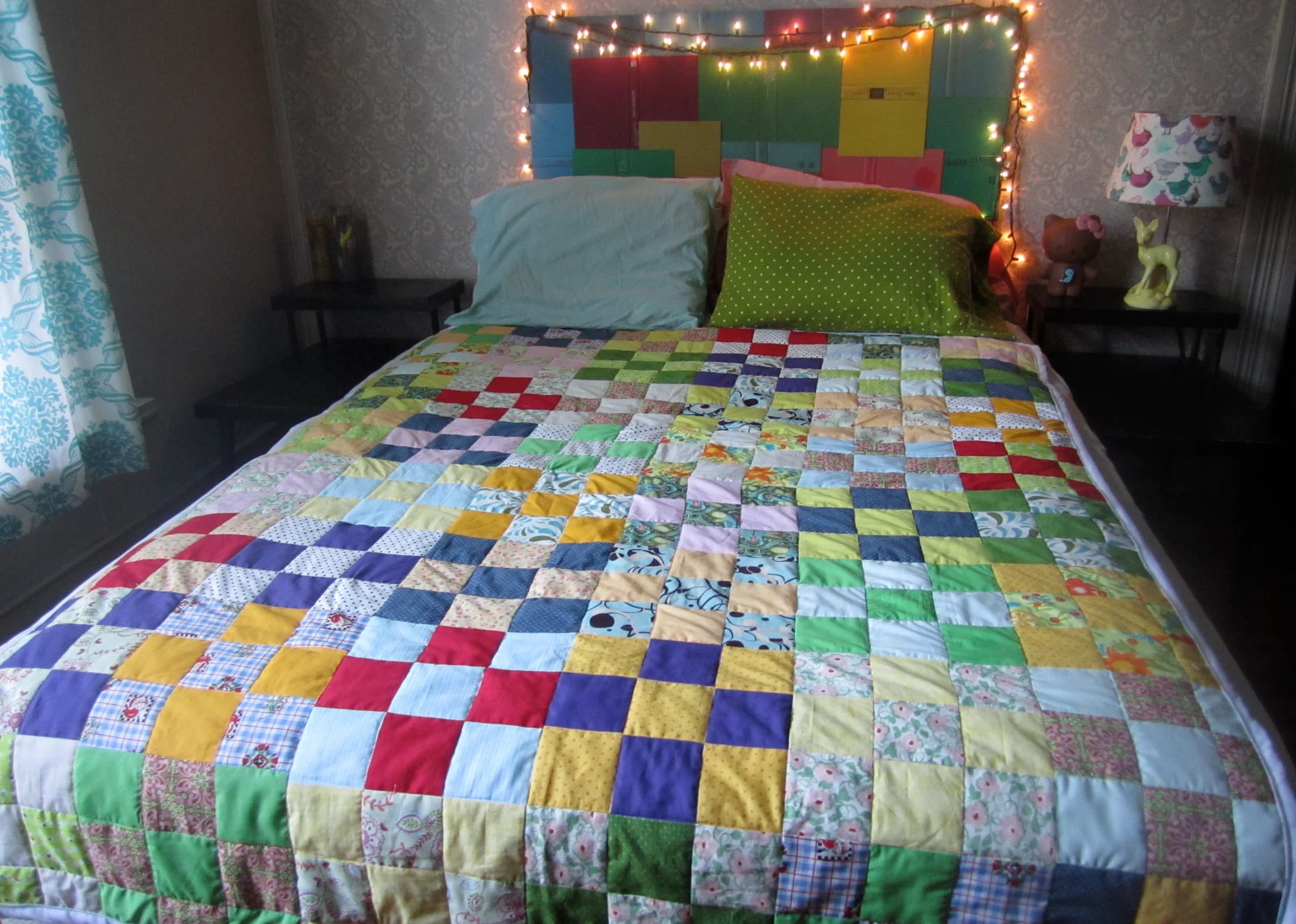







































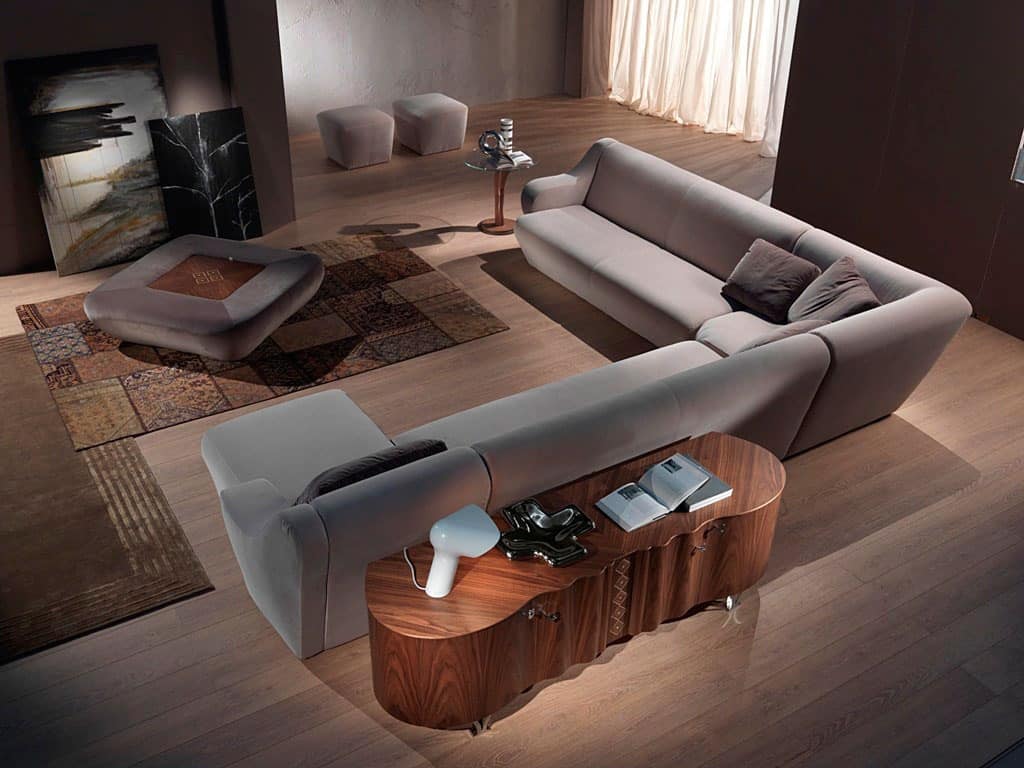


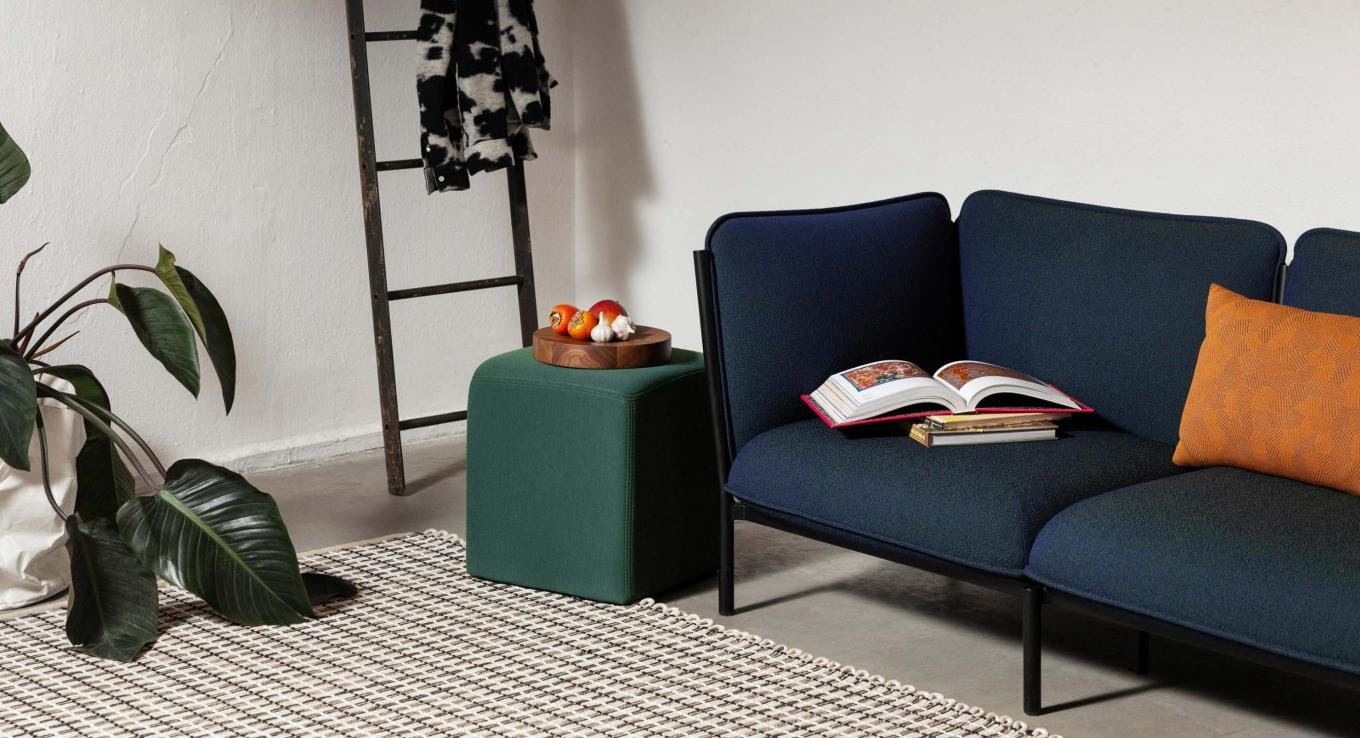



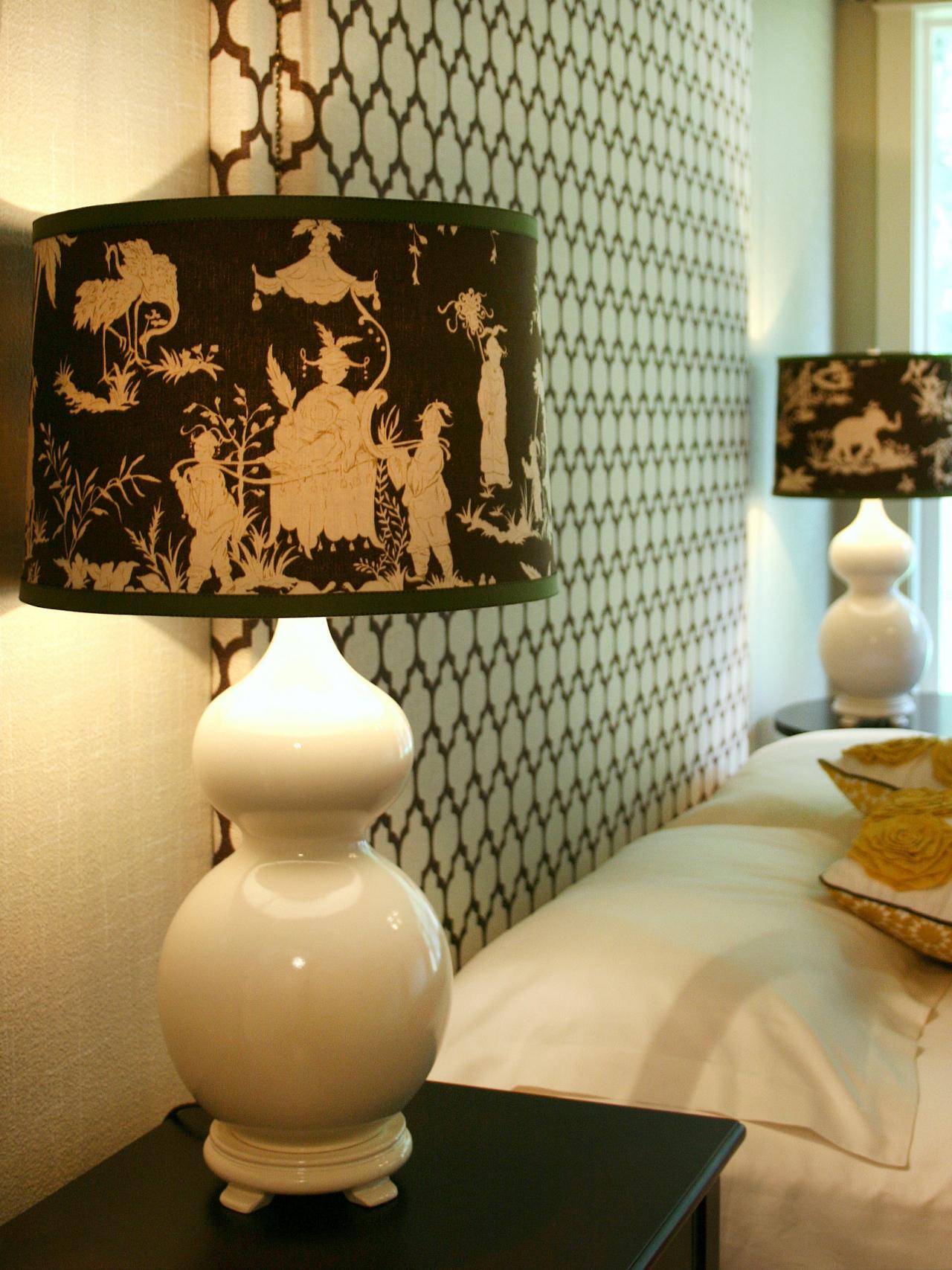

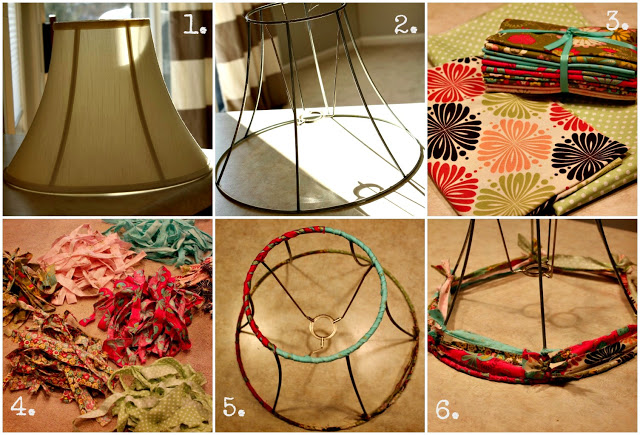








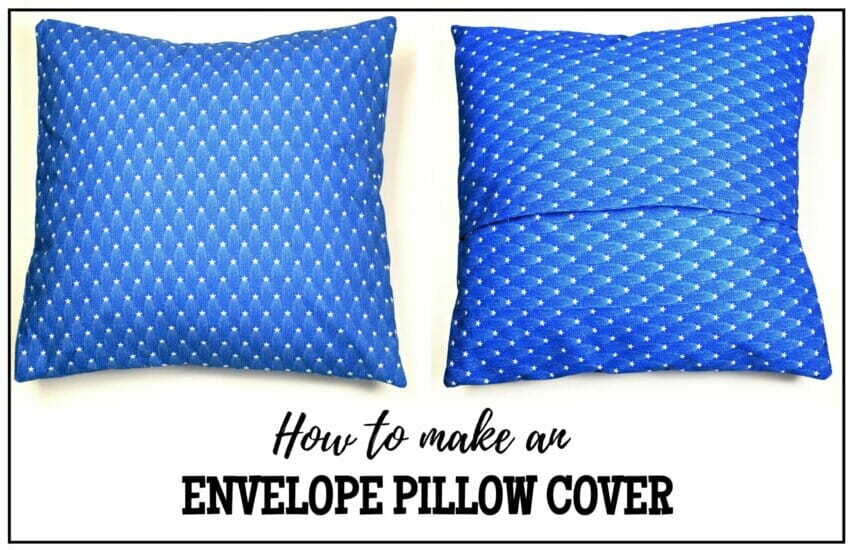
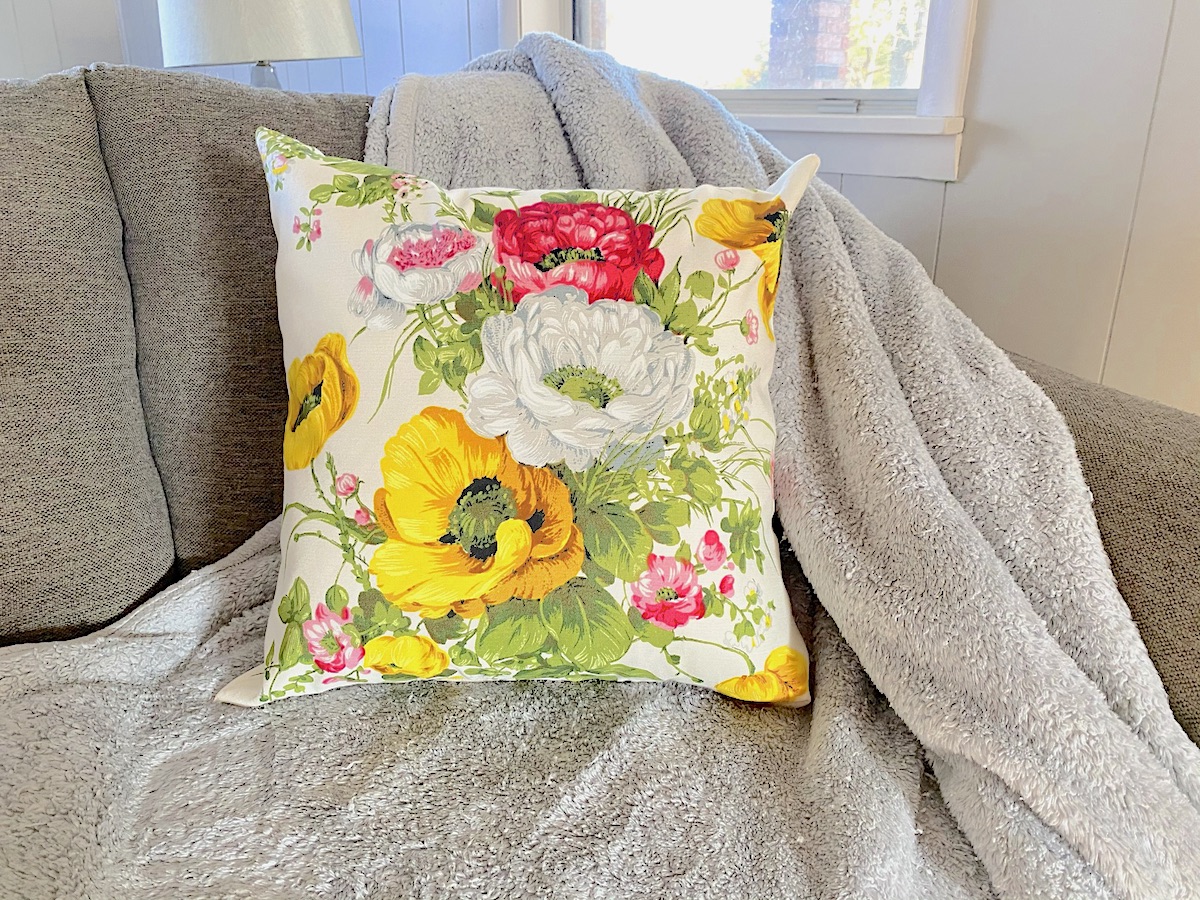





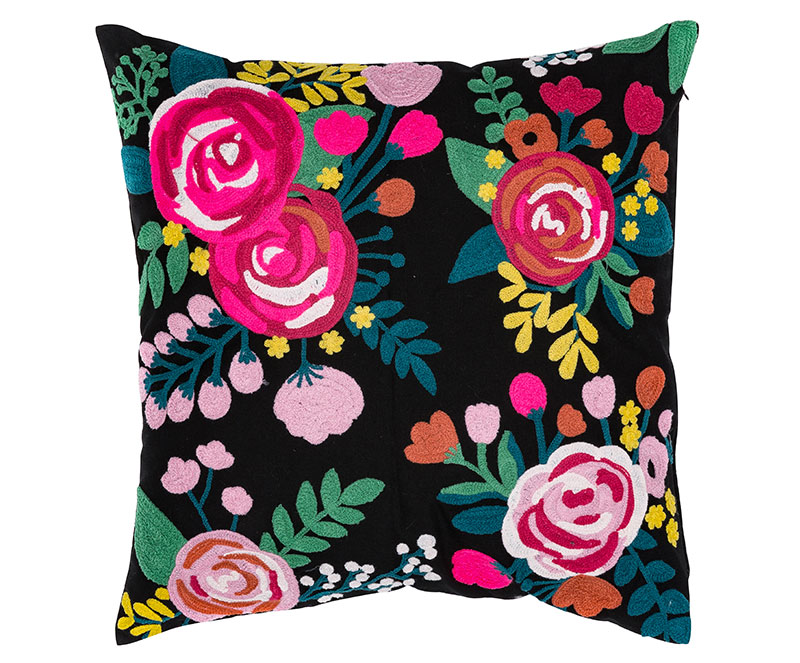
:max_bytes(150000):strip_icc()/Light-Blue-Living-Room-Mitchell-Berry-Architects-586d8ca33df78c17b6fa1e53.jpg)

